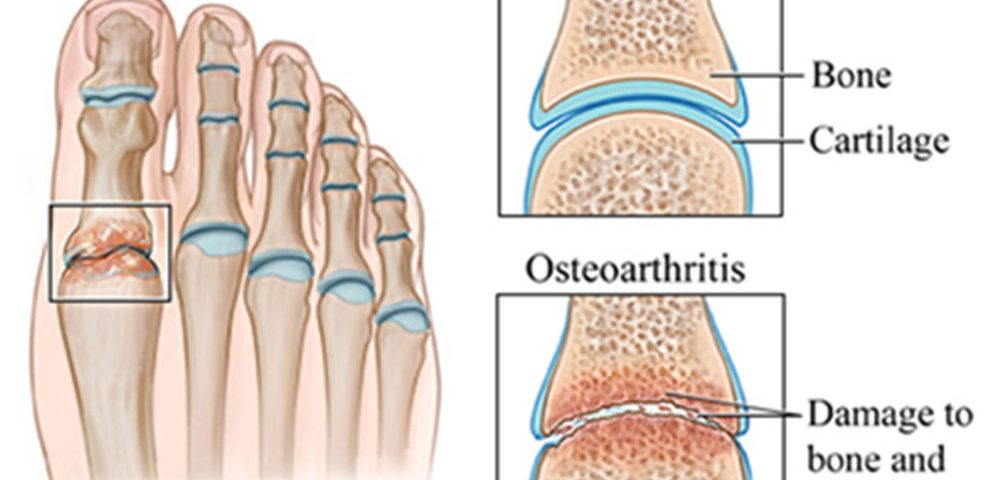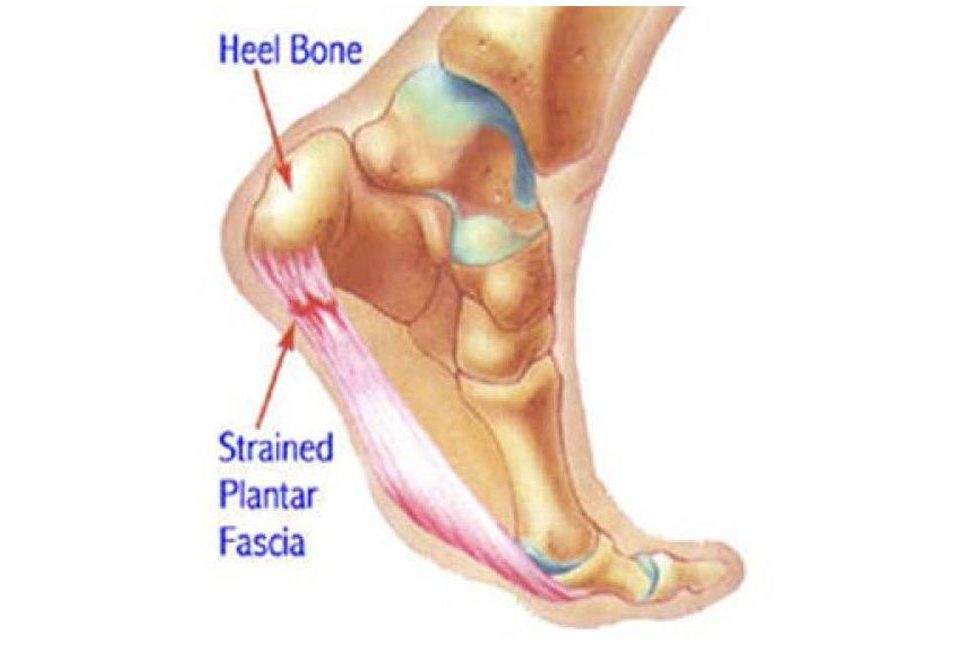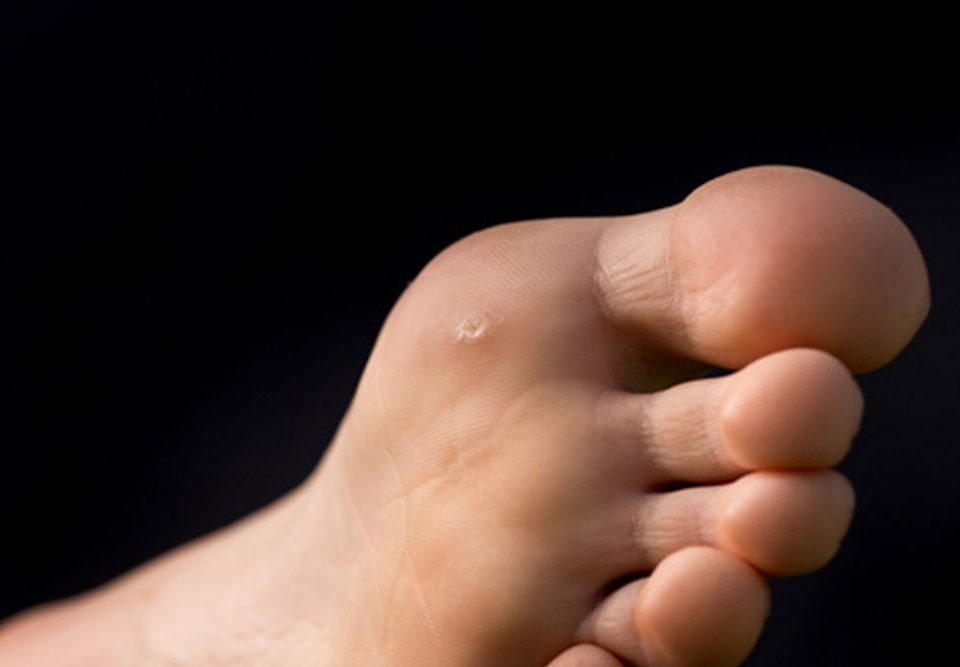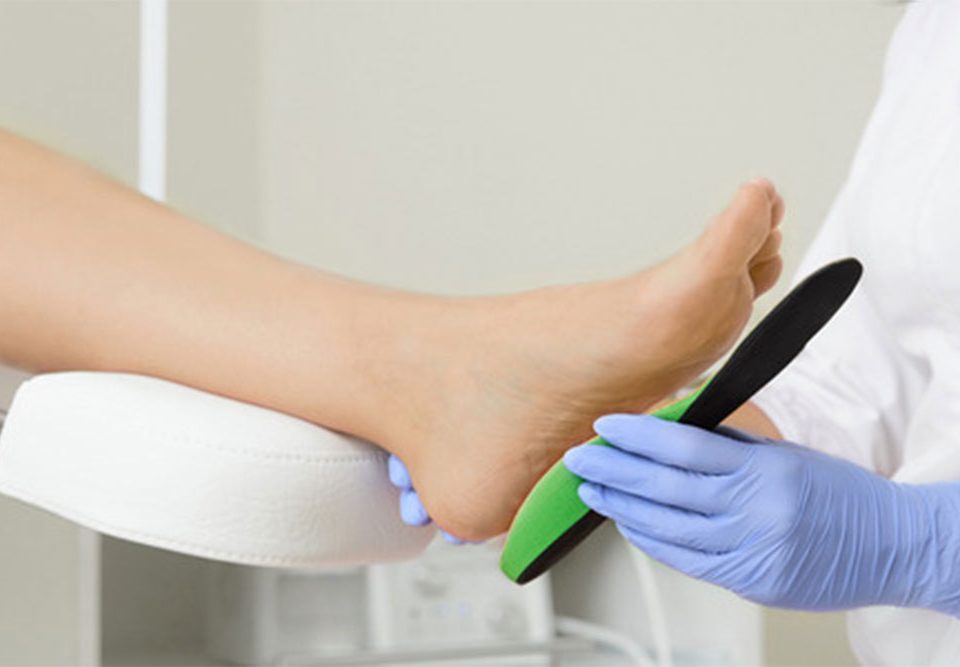All About Arthritis
All about arthritis
What is arthritis?
Arthritis means inflammation of joints. There are different types of arthritis and these can broadly be divided into two categories:
- Osteoarthritis: This is generally described as wear and tear on the joint. It is often associated with biomechanical imbalances, where the joint is stressed in an abnormal way. For example, a leg-length difference or a fracture of the thighbone (femur) might cause the hip to receive more stress and so become more prone to damage.
- Inflammatory arthritis: Also known as inflammatory arthropathy, this has less to do with biomechanical imbalances and more to do with specific types of disease. In many instances there appears to be an autoimmune component, where the body's antibodies attack its own tissue. Examples include rheumatoid arthritis, psoriatic arthritis and conditions such as gout.
Is there cure for arthritis of the feet?
In the case of osteoarthritis, a key aspect of treatment involves finding the biomechanical imbalance that has led to excessive wear on a joint. This is one of the key functions of the biomechanical assessment with gait analysis ? to allow for the recognition of dynamic factors which may be contributing to arthritis. Only when the cause is fully and properly established can an effective treatment plan be initiated.
How do I know which form of arthritis I have?
This question relates to the S-factor campaign, a new initiative to make people more aware of arthritis. If you can answer yes to the three key questions, then you are more likely to have inflammatory arthritis, rather than osteoarthritis. The three questions are:
- If you have pain in your feet or hands, is this pain aggravated when the foot or hand is squeezed?
- Do the painful joints in the hands or feet swell?
- Are the painful joints associated with stiffness in the morning which lasts for more than 30 minutes?
If the answer to these three questions is yes, then you are likely to be suffering from inflammatory arthritis rather than osteoarthritis. However, there are other conditions which can mimic arthritis type symptoms, so always seek a medical opinion.
How common is osteoarthritis in the feet?
Studies have shown that up to 80% of older population has some degree of arthritis in their feet. It has been estimated that approximately 20% of people in general have osteoarthritis.
Is it possible to have osteoarthritis in just one joint?
While this is possible, it is uncommon and most individuals who notice arthritis in one joint will also have the condition in other joints.
Are bunions the same as osteoarthritis?
Most people who have bunions begin to develop some degree of abnormality within their great-toe joint, so osteoarthritis and bunions therefore do often co-exist.
What are the treatments for osteoarthritis of the foot?
In order to achieve effective treatment it is essential that the foot be biomechanically analysed. This involves a biomechanical assessment. Once the underlying abnormal biomechanical forces are recognised, then treatment can be initiated.
Treatments include:
- Orthotic intervention:There is evidence that insoles can help with arthritis. This is particularly true of arthritis affecting the midfoot and the great-toe joint. Many patients find that their symptoms ease with specialist custom orthotic intervention that helps rebalance stress on the joints.
- Footwear: Advice and customisation to minimise the mechanical stress on joints affected by osteoarthritis.
- Drug therapy: certain drugs can be used to deal with the symptoms of arthritis and these include anti-inflammatories. It is of course desirable, if possible, to avoid taking drugs as all drugs may have potential side effects.
- Shockwave Therapy: Lubricin is a fluid secreted in a thin layer of tissue that lines the joint. Lubricin allows a "gliding action" where joint surfaces meet. Lubricin provides a cushioning effect in the joint. Arthritis in the joints reduces the presence of lubricin further aggravating the joint. Shockwave therapy increases the production of Lubricin.
- Joint Massage/Manipulation : This can help break up adhesions in the joint that often cause pain and inflammation.
- Exercise: This will increase joint range of motion and increase the production of lubricin.
What about cures for inflammatory arthritis?
This is a condition which should be managed in a multi-disciplinary way. It is important that you see a rheumatologist once the condition is suspected.
There is also evidence that specialist orthoses can help with symptoms associated with inflammatory arthropathy. We swiftly initiate treatment to stabilise the foot and improve biomechanical deficiencies which may occur.
Are there any other medical conditions associated with arthritis?
Osteoarthritis can occur as a consequence of injury. Inflammatory arthropathy is associated with a number of different conditions, including:
- Psoriasis, a relatively common skin condition.
- Erythema nodosum,
- Sarcoid,
- Arthritis associated with a condition known as sarcoidosis
- Some arthritis can also be associated with conditions affecting the digestive system and bowel. These include Crohn's disease.




